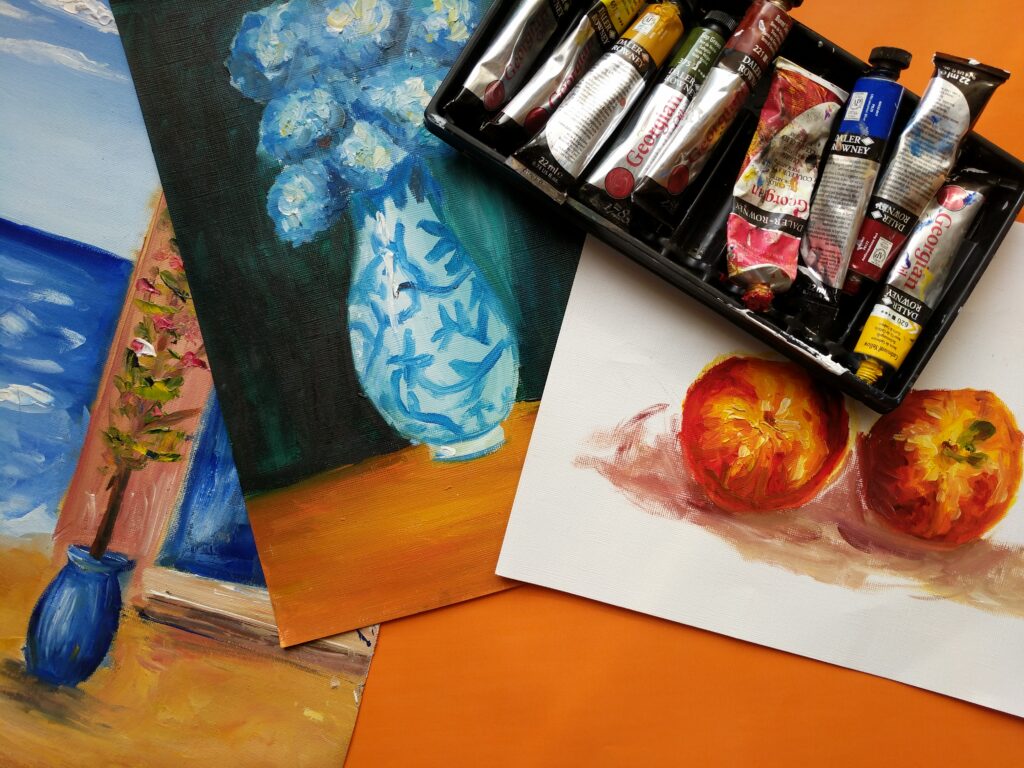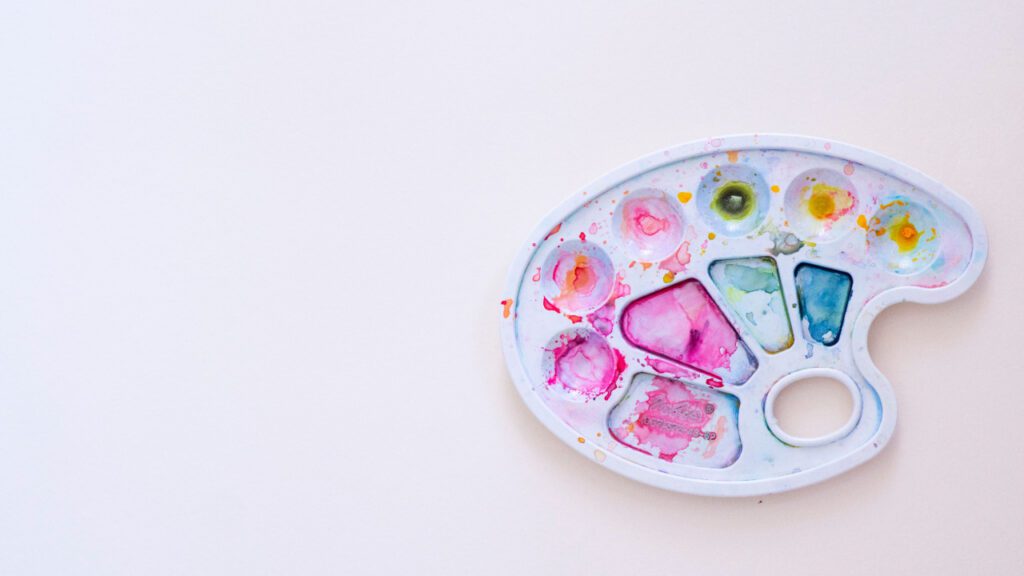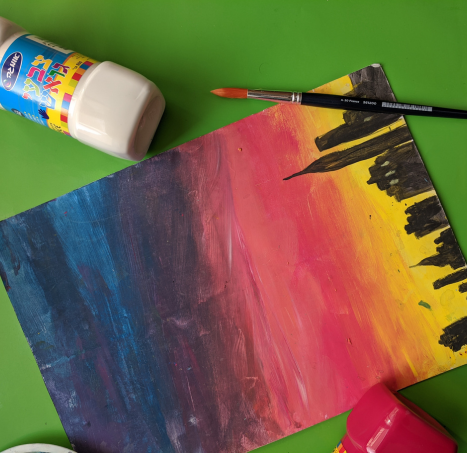As an aspiring artist, walking into an art supply store can feel overwhelming. With countless tools and materials available, how do you know what’s truly essential? This guide breaks down the fundamental art supplies every artist should have in their creative arsenal, especially when you’re just starting.
We’ve broken down the supplies to the minimum you need, so you can budget it effectively without spending a lot of money on your artistic journey. Once you’ve mastered these supplies, you’ll be ready to explore more tools that will make your creative journey exciting and beautiful.
Check out this blog post to learn more about starting to draw and paint.
Drawing Fundamentals
Pencils
- Graphite pencils (HB, 2B, 4B, 6B).
Erasers
- White vinyl eraser for clean removal.
Paper
- Drawing paper pad: we recommend this one as it can hold quite be used for paint, pastels and colored pencils.

Painting Essentials
Brushes
- We recommend this pack that has a variety of sizes and holds the paint well.
Paints
- For Beginners:
- Acrylic paints (student grade)
- Basic watercolor set to get used to watercolors:
- If you want something a bit better, try the windsor and newton sets.
See our blog post on mixing colors for more info on what colors to use
For painting projects, you can paint on the bristol pad mentioned above, or you can buy a set of cheap canvases. The main objective is to practice using your skills and once you are comfortable and have mastered the techniques of painting, you can move on to higher-quality paint and canvases.
Palettes
- Plastic palette for acrylics.
You can use this palette and then just tear off and throw away once done which makes for easy clean up.
Other items you may want to try:
- Soft pastels- more like chalk, they are a lot of fun to use
- Oil pastels
- Colored pencils
These are fun to try out when you don’t want the mess of paint and want some color in your projects. They are really easy to use!

Care and Maintenance
Storage Tips
- Store brushes bristles-up in holders
- Keep pencils in a dedicated case
- Protect paper from moisture and direct sunlight
Cleaning Guidelines
- Clean brushes thoroughly after each use. Clean them in water and dry them on a rag or paper towel when painting. Once you’ve completed the painting, wash it with dishwashing soap and leave it to dry with brush hair exposed.
Starting Your Collection
Budget-Friendly Tips
- Start with student-grade materials
- Buy basic colors first, until you’re confident with your color-mixing skills
- Invest in quality for frequently used items
- Look for starter kits from reputable brands like Winsor and Newton and Daler Rowney
Conclusion
Remember, you don’t need to buy everything at once. I recommend starting with these basic supplies and having fun exploring drawing and painting projects.
Start with the basics and gradually build your collection as you develop your style and preferences. Quality tools make a difference, but technique and practice matter more than expensive supplies.
Pro Tip: Keep a small sketchbook and pencil with you at all times – you never know when inspiration will strike!

